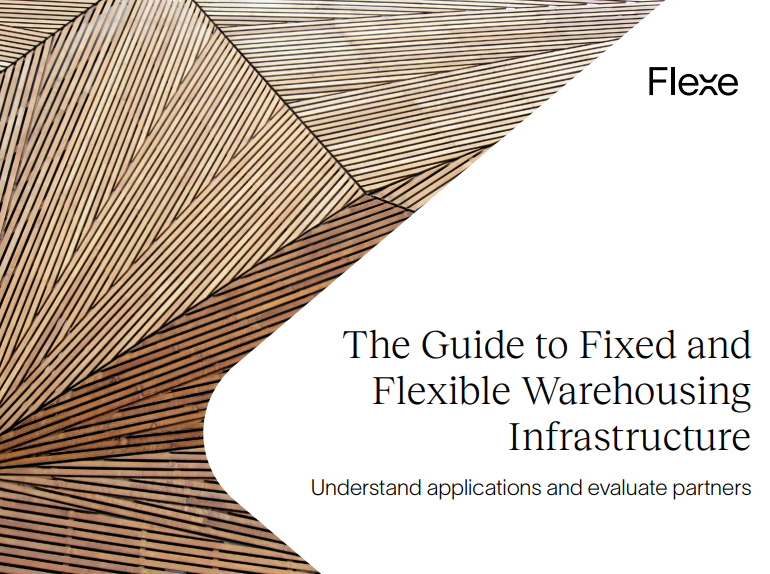|
The Guide to Fixed and Flexible Warehousing Infrastructure
The landscape of warehousing is evolving as businesses increasingly face the need for speed and adaptability. Traditional, fixed warehousing infrastructure is optimized for control, customization, and high-volume operations, but it often involves significant investment based on past demand. This inflexibility limits its ability to respond to rapid changes in the market. To address these challenges, enterprises are now complementing fixed infrastructure with Flexible Warehousing Infrastructure, a scalable, asset-light approach that allows businesses to expand their warehousing networks dynamically. Flexible Warehousing Infrastructure is designed for agility, enabling quick responses to strategic goals, market demands, and disruptions. By leveraging scalable technology, operations, and data intelligence, organizations can efficiently manage eCommerce fulfillment, enter new markets, and optimize logistics processes.
This guide is tailored for logistics professionals responsible for researching, choosing and influencing business decisions to improve logistics strategies. It provides insights into the differences between fixed and flexible warehousing, key applications of Flexible Warehousing Infrastructure, and guidance on how to align warehousing solutions with organizational goals. Readers will better understand how to optimize their supply chain and meet evolving business objectives.

| 
